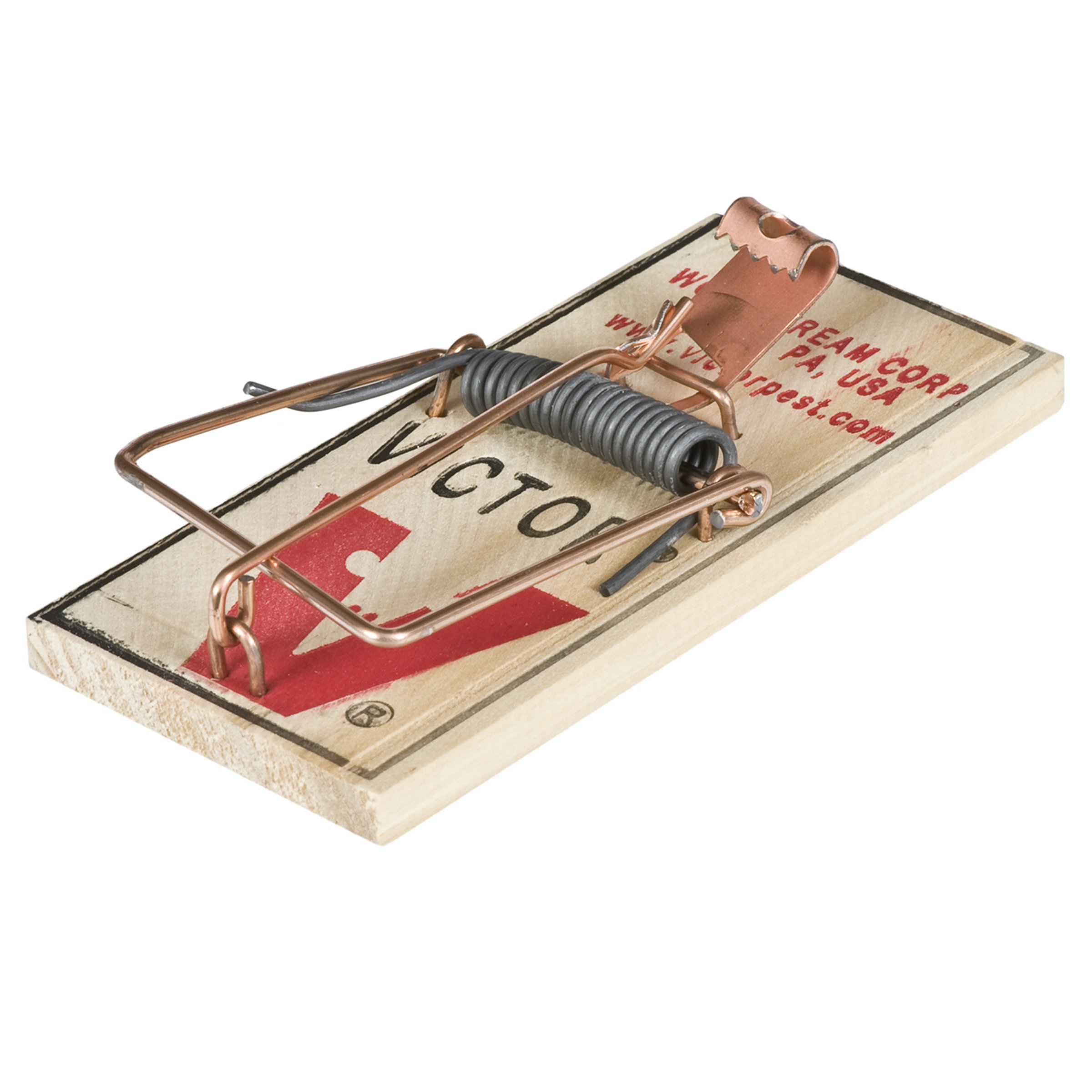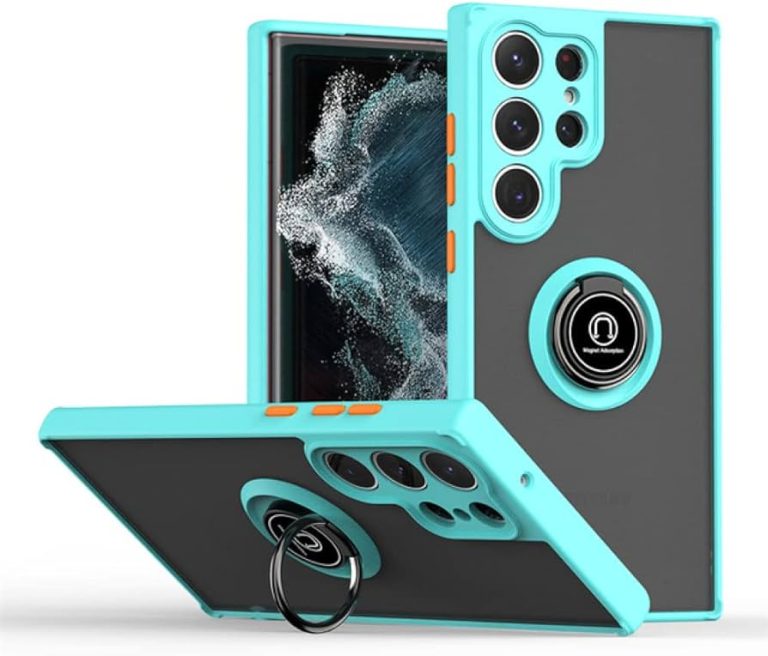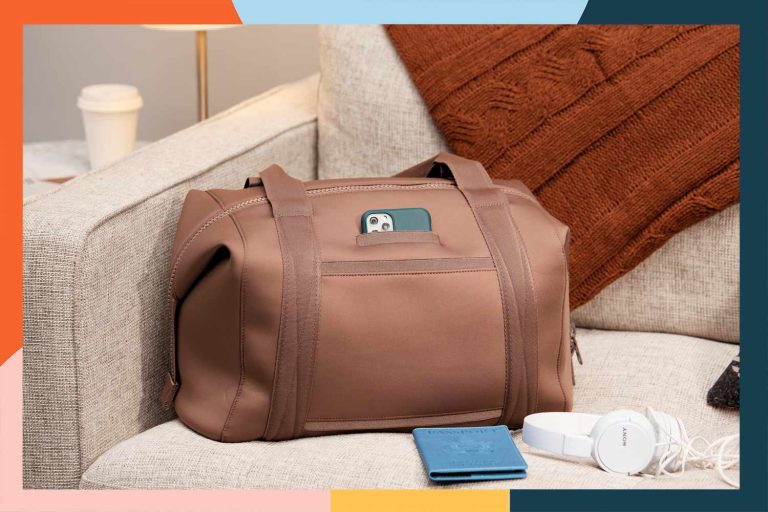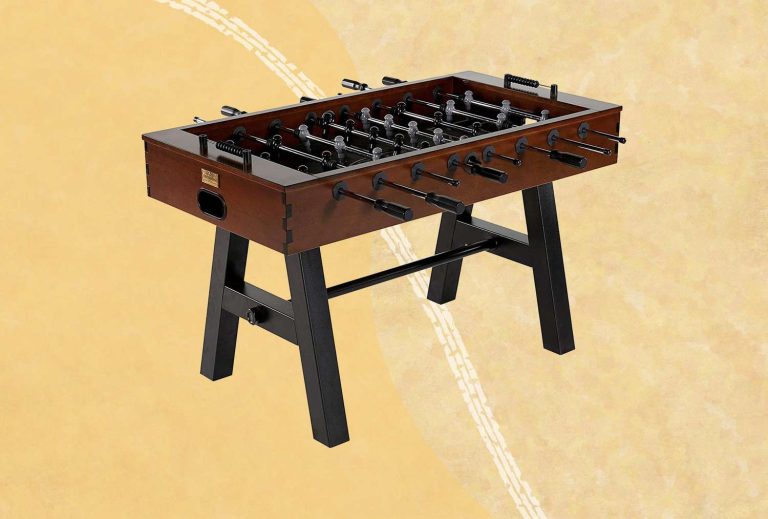9 Best Mouse Traps in 2024: Effective, Safe, and Easy-to-Use Options
Dealing with pesky mice can be a real headache, but the right mouse trap can make all the difference. Whether you’re looking for a humane solution or a more traditional approach, finding the best mouse trap for your needs is essential. With so many options on the market, it can be overwhelming to choose the right one.
This guide breaks down the 9 best mouse traps available, helping you make an informed decision quickly. From high-tech electronic traps to simple yet effective snap traps, you’ll find the perfect option to keep your home rodent-free. Let’s dive into the top picks that combine efficiency, ease of use, and affordability.
1. Classic Snap Traps
Classic snap traps have been a trusted choice for decades due to their simplicity and effectiveness.
Benefits of Using Snap Traps
Snap traps offer numerous benefits. They’re highly effective, providing a quick and humane kill. They’re affordable, making them accessible for everyone. They’re reusable, reducing waste and saving you money over time. Unlike poison-based solutions, they don’t pose a risk to pets or children.
Tips for Effective Setup
Placement is crucial. Set traps along walls where mice travel. Use peanut butter or chocolate as bait—mice love these scents. Always wear gloves when handling traps to avoid leaving your scent. Regularly check and reset traps to maintain effectiveness.
2. Electric Mouse Traps
Electric mouse traps offer an efficient, modern solution to your rodent problems. These traps use technology to quickly and humanely eliminate mice without the need for poison or manual disposal.
How Electric Traps Work
Electric traps utilize a high-voltage shock to kill mice instantly. When a mouse enters the trap to reach the bait, it steps on a metal plate that completes an electrical circuit. This triggers a lethal shock, ensuring a swift and humane death. Many electric traps have indicator lights to show when a rodent has been caught, allowing for easy disposal.
Safety Guidelines
Using electric mouse traps requires adherence to safety guidelines to protect both you and your pets. Always place the traps in areas inaccessible to children and animals. Follow all manufacturer instructions for setup and maintenance. Before cleaning or disposing of captured rodents, make sure the trap is powered off. Regularly check the battery or power source to ensure the trap remains functional.
3. Glue Mouse Traps
Glue mouse traps offer a straightforward, chemical-free solution for catching mice. They’re designed to trap rodents through a strong adhesive.
Pros and Cons of Glue Traps
Pros:
- Ease of Use: Glue traps are easy to set up—just place them where mice are active.
- Chemical-Free: These traps don’t contain poisons, making them safer for households with pets and children.
- Versatile: You can place them in confined spaces like under appliances or in tight corners.
- Cost-Effective: These traps are usually more affordable than electronic or snap traps.
- Inhumane: Glue traps can cause prolonged suffering as mice remain stuck until humans intervene.
- Sensitivities: Heat can make the adhesive less effective, and dust or debris can reduce their stickiness.
- Limited Reuse: Most glue traps are single-use, leading to ongoing costs for repeated infestations.
- Placement: Position glue traps along walls where mice travel. They typically scurry along baseboards, so target these paths.
- Check Regularly: Inspect the traps daily to dispose of trapped mice promptly and consider the humane aspects.
- Avoid Dusty Areas: Keep traps in clean spots free from dust and debris that can compromise the adhesive.
- Use Multiple Traps: Enhance effectiveness by using several traps in areas of high activity, ensuring better coverage.
- Mind Temperature: Use these traps in temperature-controlled environments to maintain adhesive performance.
4. Humane Live-Catch Traps
Humane live-catch traps provide a no-kill solution by allowing you to catch and release mice without harm. These traps cater to animal lovers who prefer an ethical approach to pest control.
Advantages of Humane Traps
Humane traps offer several benefits that other traps might not. They ensure the safety of both the mice and your household members. With no toxins or sharp mechanisms, humane traps are child and pet-friendly. Additionally, using these traps aligns with ethical practices, catering to those who prioritize animal welfare. Lastly, they provide an opportunity to relocate mice, reducing the likelihood of re-infestation in your home.
Methods for Safe Release
Releasing trapped mice safely is crucial for the success of humane live-catch traps. Choose a location at least two miles away from your home to prevent the mice from returning. Opt for natural habitats like wooded areas or parks where they can thrive and find food. Always wear gloves when handling the trap to avoid transferring your scent and ensure the mouse’s safe exit. Check the trap frequently to minimize the stress endured by the captured mouse, releasing it as soon as possible to increase its chances of survival.
5. Ultrasonic Mouse Repellents
Ultrasonic mouse repellents offer a modern, humane approach to keeping your home rodent-free. These devices use high-frequency sound waves to deter mice and other pests.
Effectiveness of Ultrasonic Devices
Ultrasonic devices emit sound waves inaudible to humans but highly irritating to mice. Studies suggest mixed results; while some users report significant reductions in rodent activity, others notice little change. These devices are most effective when combined with traditional methods like traps and sealing entry points. Regularly moving the units also helps maintain their deterrent effect and prevents rodents from becoming accustomed to the noise.
Ideal Placement in the Home
Proper placement of ultrasonic repellents enhances their efficiency. Install units in areas with known mouse activity, such as kitchens, basements, and garages. Ensure they’re unobstructed by furniture or curtains, as these can block sound waves. For larger homes, multiple units ensure comprehensive coverage. Placement at varying heights can also target mice on different levels, maximizing the repellent’s reach.
6. Bait Stations
Bait stations offer a secure and controlled method to handle mouse infestations. Explore their features and learn how to select the right bait for maximum effectiveness.
Features of Bait Stations
Bait stations provide several advantages in rodent control. These enclosed traps protect the bait from children, pets, and non-target wildlife, ensuring safe usage. High-quality bait stations are tamper-resistant, robust, and can be safely placed in various locations. They offer an effective solution by housing poison bait more securely than open trays, reducing accidental exposure. Additionally, their design conceals the dead rodent, providing a more hygienic pest control option.
Selecting the Right Bait
Choosing the right bait is crucial for successful results. Different types of baits attract mice more effectively, with peanut butter, seeds, and cheese commonly used. When using poison bait stations, ensure you select rodenticides approved by regulatory authorities. It’s essential to place the bait in areas with evident mouse activity for best outcomes. Regularly check and replenish bait stations to maintain their effectiveness.
7. Plastic Snap Traps
Plastic snap traps offer an efficient, user-friendly alternative to metal traps. They’re known for their ease of use and reliable performance.
Innovations in Design
Plastic snap traps showcase modern design elements that improve efficiency and safety. These traps often feature larger triggers for easy bait placement and sensitive mechanisms to ensure high catch rates. The plastic construction also allows for easy cleaning and reuse, reducing costs in the long run.
Comparison with Traditional Snap Traps
Plastic snap traps hold several advantages over their metal counterparts. Traditional metal traps can rust and become less effective over time, while plastic traps remain durable and functional. Additionally, setting plastic traps is often safer due to their ergonomic designs, which reduce the risk of accidental injury. Their lightweight nature makes them easier to handle and place in various locations.
Choosing plastic snap traps over traditional metal traps provides a more sustainable and user-friendly approach to rodent control.
8. DIY Mouse Trap Options
DIY mouse traps offer a cost-effective and creative way to tackle rodent issues. Here’s how you can make your own traps with common household items.
Instructions for Homemade Traps
- Bucket and Spoon Trap: Balance a spoon with peanut butter on the rim of a bucket. When the mouse climbs the spoon to reach the bait, it falls into the bucket.
- Cardboard Tube Trap: Place a cardboard tube (like from paper towels) over the edge of a counter with bait on one end. Position a bucket below. The mouse will enter the tube, causing it to fall into the bucket.
- Bottle Trap: Cut a plastic bottle in half and invert the top section into the bottom part. Add bait inside. The mouse will enter and find it difficult to escape due to the funnel shape.
- Bucket: For the bucket and spoon trap, ensure it’s deep enough to prevent the mouse from escaping.
- Spoon or Ruler: Use a sturdy one that can balance well on the bucket’s rim.
- Peanut Butter: Serves as effective bait due to its strong scent and attractiveness to mice.
- Cardboard Tube: The type found in paper towels or toilet paper rolls works best.
- Plastic Bottle: A 2-liter bottle or similar size is ideal for making the bottle trap.
- Scissors or Knife: Use these to modify the plastic bottle and cardboard tube as needed.
Utilizing these DIY methods lets you manage mice effectively without breaking the bank.
9. Hygienic Mouse Traps
Hygienic mouse traps offer a cleaner and safer way to handle rodent problems. These traps minimize direct contact with mice, reducing health risks.
Benefits of Hygienic Solutions
Hygienic mouse traps typically feature enclosed designs, ensuring there’s no direct contact between you and the rodents. This reduces the risk of disease transmission. Many traps are designed to be disposable, allowing you to avoid dealing with the carcass. Some hygienic traps are also user-friendly, making setting and disposing of the traps straightforward. They’re ideal for households that prioritize cleanliness and safety.
How to Dispose of the Trap Safely
Disposing of hygienic mouse traps is simple. Many are designed for single use—just place the closed trap in a sealable plastic bag and discard it in the trash. For reusable traps, follow the manufacturer’s instructions to dispose of the mouse without touching it. Always wear gloves when handling traps and wash your hands thoroughly afterward to maintain hygiene. Safe disposal ensures you’re not exposed to any germs or parasites the mouse might have carried.
Considerations When Choosing Mouse Traps
Selecting the right mouse trap involves evaluating several key factors to ensure you’re choosing the most effective solution.
Factors Like Infestation Size
Determine the infestation size before buying traps. Large infestations need multiple or high-capacity traps to be effective. Using just one or two traps won’t control a significant problem. Start by inspecting common mouse hideouts like basements, attics, and kitchens. If you detect many droppings or nests, go for bulk packs or multi-catch traps.
Environmental and Safety Concerns
Consider environmental and safety concerns when selecting traps. Non-toxic traps like catch-and-release options are eco-friendly and safe around pets and children. Electric traps provide a clean, instant kill, reducing potential exposure to rodent-borne diseases. Check reviews for reliability and choose traps with enclosed designs to prevent accidental contact. Always follow manufacturer instructions for safe setup and disposal.
Conclusion
Choosing the right mouse trap can make a significant difference in managing rodent problems effectively and safely. With options ranging from traditional snap traps to innovative electric and hygienic designs, you have plenty of choices to suit your specific needs. Remember to consider factors like infestation size, environmental impact, and safety around pets and children. Using multiple traps and following manufacturer instructions will enhance your success rate. By selecting the right traps and placing them strategically, you’ll be well-equipped to handle any rodent issue with confidence.






